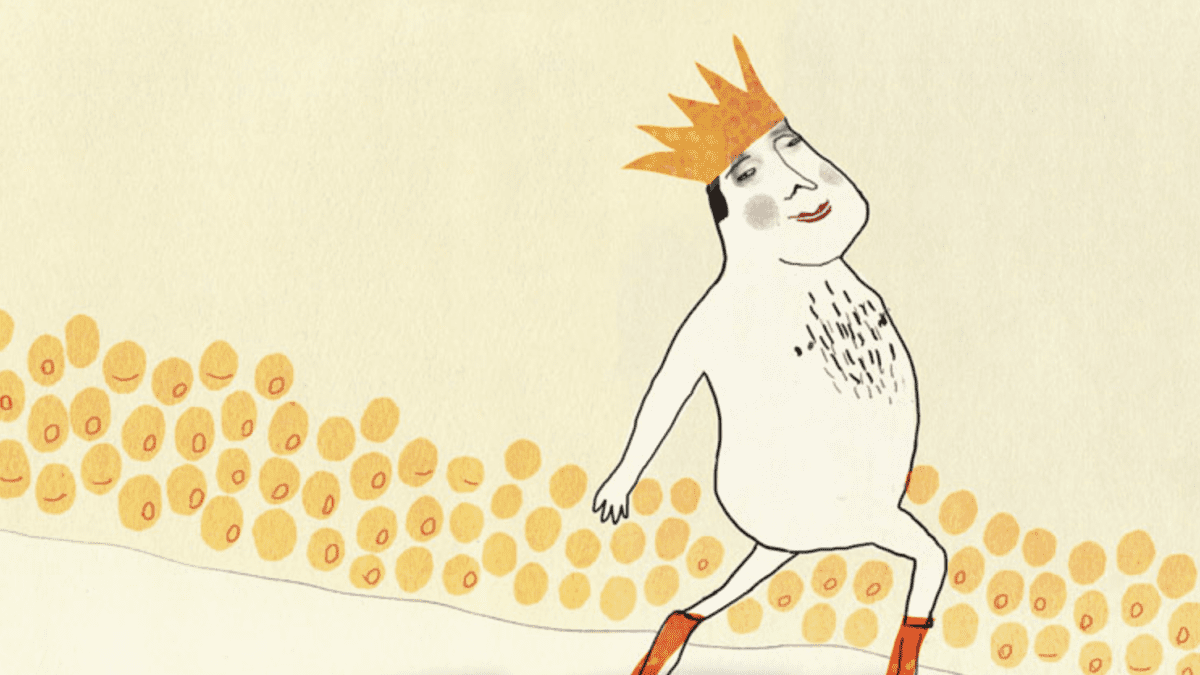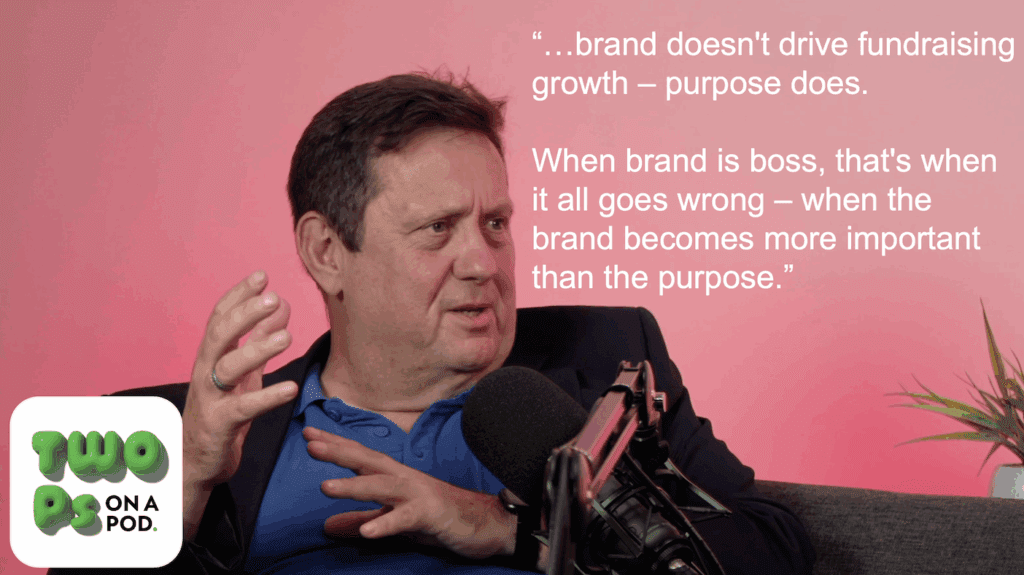Who needs loyal donors when you have your own named typeface?
Sir John Hegarty, who knows a thing or two about brands, recently posed an important question on LinkedIn – What do you do when a brand goes wrong? His answer was simple.
“Go back to your roots.”
Ask yourself some questions:
What made you famous?
Why did people care?
And how do you make that relevant now?
It’s advice born from decades of experience. When brands lose their way, the solution isn’t chasing after the next innovation – it’s reconnection. With values. With identity. With the people who cared from the start.
So why don’t charities do this?
Why, when faced with declining income, do so many default to reinvention? Why the rush to rebrand, redesign, and reposition rather than rediscover?
I’ve thought about this for a long time – and I’ve lived it. Over the years I’ve found myself in more and more rooms where that basic truth Hegarty spoke about – the power of recentring yourself on what made you famous and what drove your original growth – wasn’t just ignored. It felt unwelcome.
I’ve sat in brand discussions where it was obvious that the decision to rebrand had already been made and the search was in reality for a reason to justify the rebrand – usually attracting younger donors. What follows is the search for a new agency that can develop a new logo, a new colour palette, a new tone of voice, and a set of rules and regulations about what you look like and what you say that will do little more than knock the humanity out of fundraising.
To the branding agencies, it’s lucrative and adds some credibility to a client list. To the people involved on the charity side it’s exciting. There’s energy in reinvention. It feels progressive, creative, important. You get meetings, decks, taglines, and maybe even an award or two. And you can focus on the thought that you are also changing the world with your colour and typeface choice.
But something critical always seems to get lost: the donor.
What about Mrs Davies from Tunbridge Wells, who’s been giving a regular gift since 1994, plus extra at Christmas “for the kiddies.”
Because it’s people like Mrs Davies who gives every month, who writes cheques, who’s left a legacy in her Will – the one who already cares – who’s not necessarily invited into this shiny new version of your brand – they’re often quietly written out of it.
And here’s the irony. These loyal donors didn’t fall in love with you because of your logo. They didn’t start giving because you had a new colour palette. They give because of what you stand for. Because they trust you. Because, once upon a time, you made them feel part of something important.
John Hegarty’s insight cuts straight through the noise - if a brand has gone wrong, you don’t fix it by pretending to be someone else. You fix it by remembering who you were when people first needed you. When they first cared.
But in the charity world, that truth is often buried beneath a desire to modernise, even if it means abandoning what works.
Why?
Because reinvention feels more impressive than humility. Because reconnecting with your roots doesn’t feel like innovation. Because awards and status are easier to earn when you’re saying something new – even if it doesn’t raise more money, or deepen supporter relationships.
The tragedy is that while we obsess over looking fresh and forward-thinking, we’re alienating the very people who’ve carried the sector for decades. And we’re doing it whilst research consistently shows that people give out of trust, connection, and belief – not because you are adopting a shiny new brand or a new name.
So here’s the challenge for you. When a rebrand is mooted, try Hegarty’s method. Don’t ask how you can be different, ask how you can be yourself again – in a way that’s meaningful for today. That recognises how society has changed. But also respects the timeless constants of human nature.
Talk to your donors. Listen to their stories. Revisit what made them care. Then build from that foundation. Maybe use your rebrand budget to start sending out personal thank you notes through the post.
Because if the people who once loved you no longer feel seen, no amount of digital maturity will ever bring them back.
Tags In
The Essentials

Crack the Code to Regular Giving: Insights, Strategies, and a Special Giveaway!
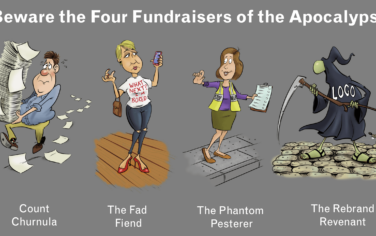
‘Tis Halloween. Keep to the light and beware the Four Fundraisers of the Apocalypse!

Why do people give? The Donor Participation Project with Louis Diez.
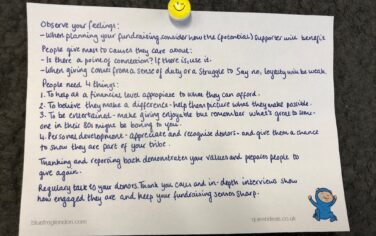
A guide to fundraising on the back of a postcard
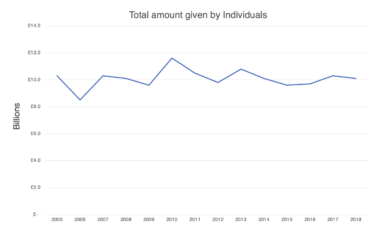
What does the latest research tell us about the state of fundraising?


